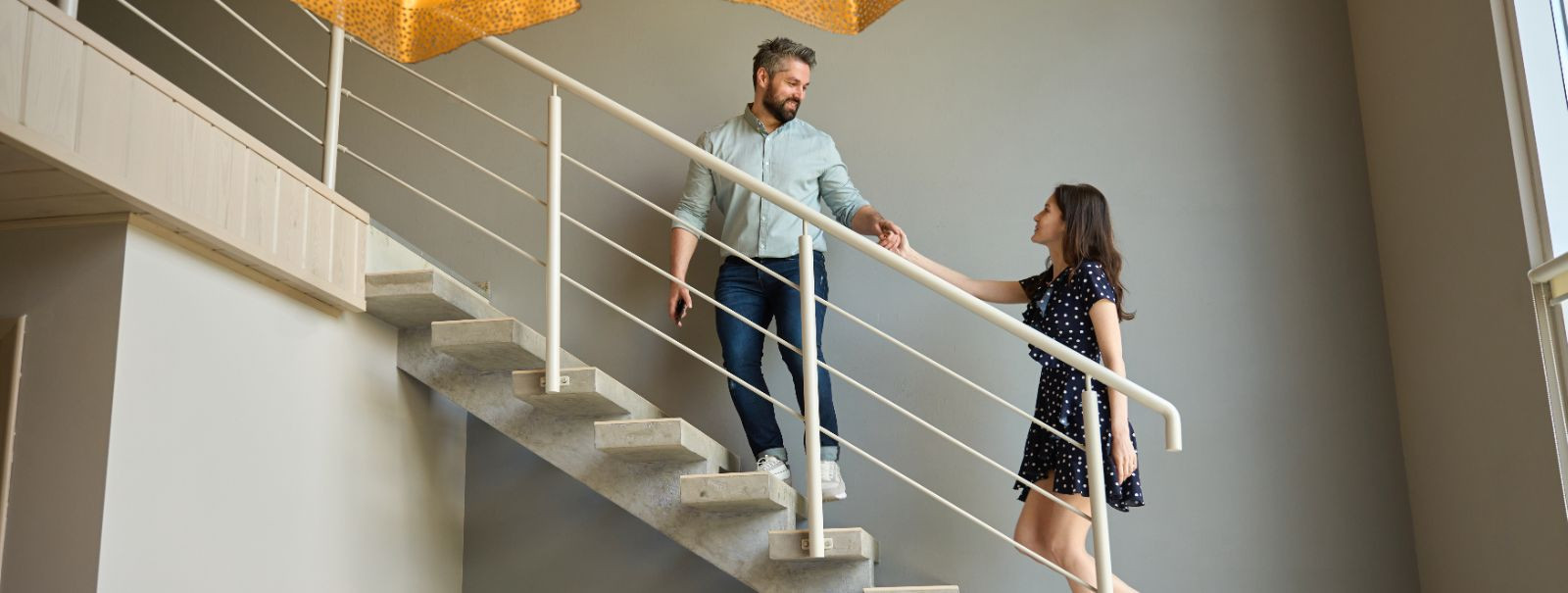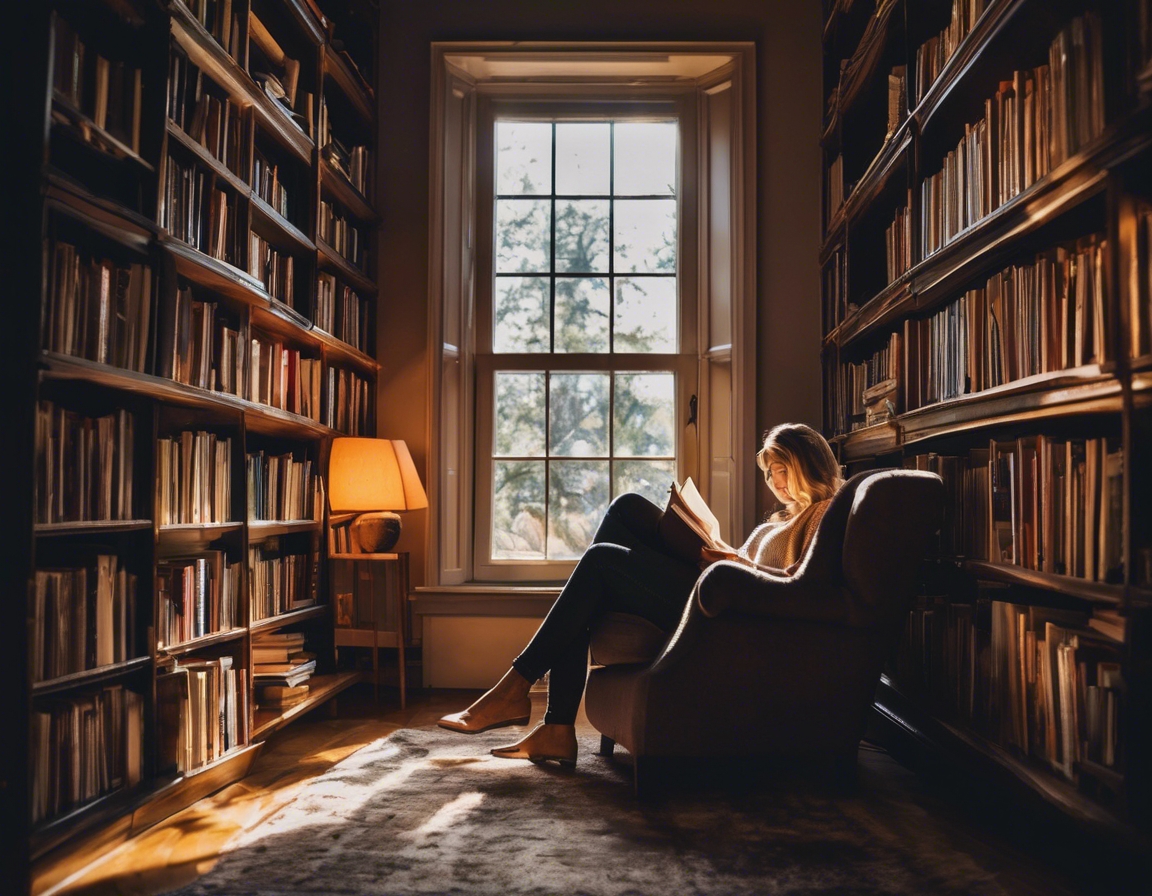How to choose the right staircase design for your home
Choosing the right staircase design for your home is a crucial decision that impacts both the functionality and aesthetic appeal of your living space. A well-designed staircase not only facilitates movement between floors but also serves as a focal point that can enhance the overall interior design of your home. With a variety of styles, materials, and configurations available, selecting the perfect staircase requires careful consideration of several factors.
Understanding Your Space and Needs
The first step in choosing the right staircase design is to evaluate the space where the staircase will be installed. Consider the dimensions of the area, ceiling height, and the layout of your home. This will help you determine the most suitable type of staircase that fits seamlessly into your space without overwhelming it.
Consider how the staircase will be used. Is it a primary staircase that will see heavy foot traffic, or is it a secondary staircase for occasional use? Understanding the functional requirements will guide you in selecting a design that meets your needs while ensuring safety and durability.
Exploring Different Staircase Styles
Straight staircases are the most common and simplest design, consisting of a single linear flight with no change in direction. They are easy to install and are ideal for homes with ample linear space.
Spiral staircases are compact and visually striking, making them perfect for small spaces or as a design feature. They consist of a central pole with steps spiraling around it, offering a unique aesthetic appeal.
L-shaped staircases feature a 90-degree turn, while U-shaped staircases have a 180-degree turn. These designs are excellent for corner spaces and can provide a more gradual ascent, making them safer and more comfortable to use.
Floating staircases, also known as cantilevered staircases, create a modern and open look by having steps that appear to float without visible support. They are ideal for contemporary homes seeking a minimalist design.
Material Considerations
Wood is a classic choice for staircases, offering warmth and versatility. It can be stained or painted to match any decor style, from traditional to modern.
Metal staircases are durable and can add an industrial or modern touch to your home. They are often used in combination with other materials like wood or glass for a balanced look.
Glass staircases provide a sleek and contemporary appearance, allowing light to flow through and creating a sense of openness. They are often used in modern homes to enhance the feeling of space.
Safety and Building Regulations
When designing a staircase, it is essential to adhere to local building codes and safety regulations. These guidelines ensure that your staircase is safe for use, with appropriate dimensions for risers, treads, and handrails.
Aesthetic and Design Harmony
Your staircase should complement the overall design of your home. Consider the architectural style, color scheme, and materials used in other parts of your home to ensure a cohesive look.
Budgeting for Your Staircase Project
Establishing a budget is crucial when planning your staircase project. Costs can vary significantly depending on the design, materials, and complexity of the installation. Be sure to factor in both the initial installation costs and any long-term maintenance expenses.
Maintenance and Longevity
Consider the maintenance requirements of different materials and designs. Some materials may require regular upkeep to maintain their appearance and functionality, while others may offer greater durability with minimal maintenance.






Comments (0)